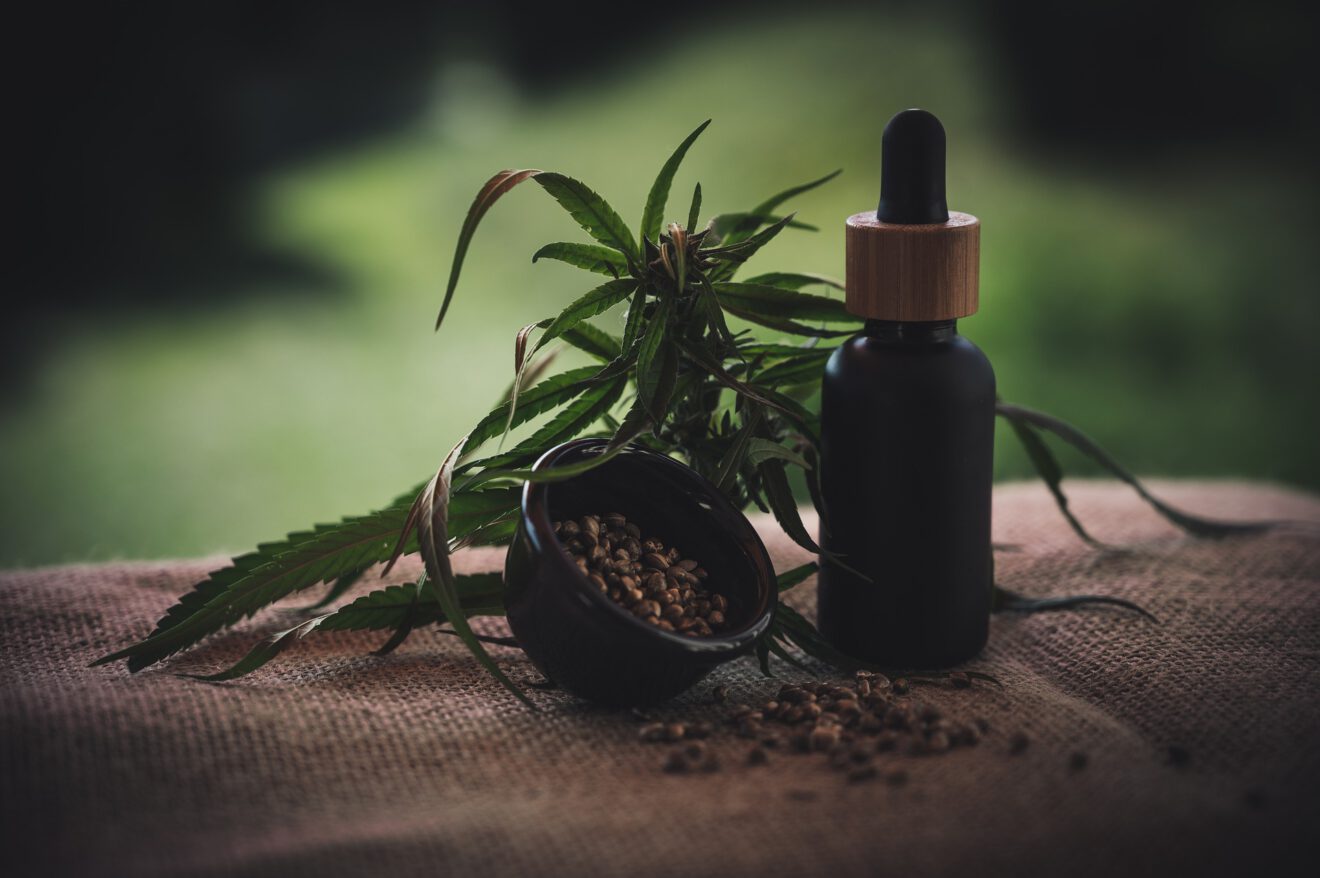This post is sponsored by Acosta.
Cannabidiol (aka CBD) products are one of the fastest growing trends in retail, with a steady stream of new products popping up in the drugstore, grocery and pet care aisles. Consumer sentiment about CBD varies by demographic, but it’s made a positive impression on the 28% of consumers who currently use CBD products daily or as-needed, according to a new report from Acosta.
Understanding what CBD is, why consumers buy it and what is keeping some buyers at bay is essential for retailers that want a piece of this growing market. Consumer sales of CBD products are expected to reach $20 billion by 2024, according to BDS Analytics. Interest in the hemp-derived compound has been rising since the Farm Bill legalized hemp production in 2018, but the Food and Drug Administration has not yet approved any CBD products, and some city and state regulators have banned the sale of food and other items containing CBD.
Despite its murky regulatory status, CBD has piqued the interest of consumers, who turn to it as a natural solution for a range of health issues.
Why are consumers buying CBD?
“Health ailments without a ‘one-size-fits-all treatment’ are quite common and avoiding chemicals when it comes to health and self-care is important across all age groups,” said Colin Stewart, senior vice president of business intelligence at Acosta. “CBD sales and projections show consumers are turning to CBD for help, and demand is growing rapidly,”
CBD products include topical and edible formats, and the most common reasons for use vary by age group. Millennials cite anxiety relief and general wellness as their top reasons for using CBD products, while older generations are more interested in it as a solution for pain and sleep issues, Acosta’s July 2019 shopper survey found. Many of these reasons were also mentioned by another consumer category: pet owners, one in ten of whom reported buying CBD products for their furry friends.
What reservations do consumers have about CBD?
As the range of available CBD products continues to grow, offering consumers the information they need to make an informed choice will be a key point of differentiation for manufacturers and retailers. Despite its apparent popularity, CBD is still a source of great uncertainty among consumers. In fact, more than half (55%) of those surveyed by Acosta said “CBD oil is/might be a new miracle treatment, while 35% said “I’m not sure what to think of CBD oil.”
Lack of trust in product claims is the number one factor holding back consumers who said they were not open to trying CBD, and 15% of those who are open to trying it but haven’t yet made a purchase also cited distrust as their main barrier.
With more than a third of consumers (34%) displaying interest in learning more about CBD, it would behoove both brands and retailers to offer information to consumers about product claims, testing and ingredients. Store employees are the most sought-after source of product knowledge, according to consumers who use CBD products, 36% of whom cited knowledgeable store personnel as the factor that appeals to them most when buying CBD. Educational signage was the second most popular knowledge source, with 29% of respondents saying it was most appealing.
In addition to information about product claims, consumers are also very interested in the sourcing of CBD products. The majority of consumers who use CBD (88.8%) said traceability of CBD products was either very important or somewhat important.
As regulation around CBD products evolves, there will likely be new labeling requirements and other rules to consider, but getting an early start by offering the information shoppers are looking for can help retailers grab a piece of this growing market.
Learn more about what consumers are looking for in CBD products by downloading this infographic, which illustrates the findings of Acosta’s report, “The CBD Effect: A Rapidly Emerging Consumer Trend.”
____________________________________________
If you enjoyed this article, sign up for FMI dailyLead to get news like this in your inbox, or check out all of SmartBrief’s food and travel newsletters, as we offer more than 30 newsletters covering the food and travel industries from restaurants, food retail and food manufacturing to business travel, the airline and hotel industries and gaming.
